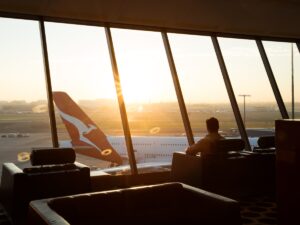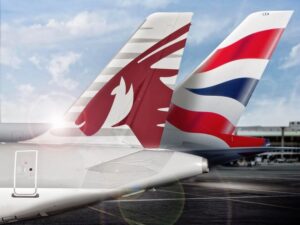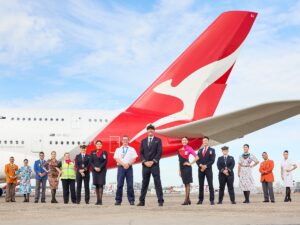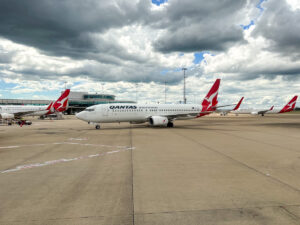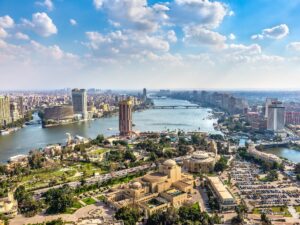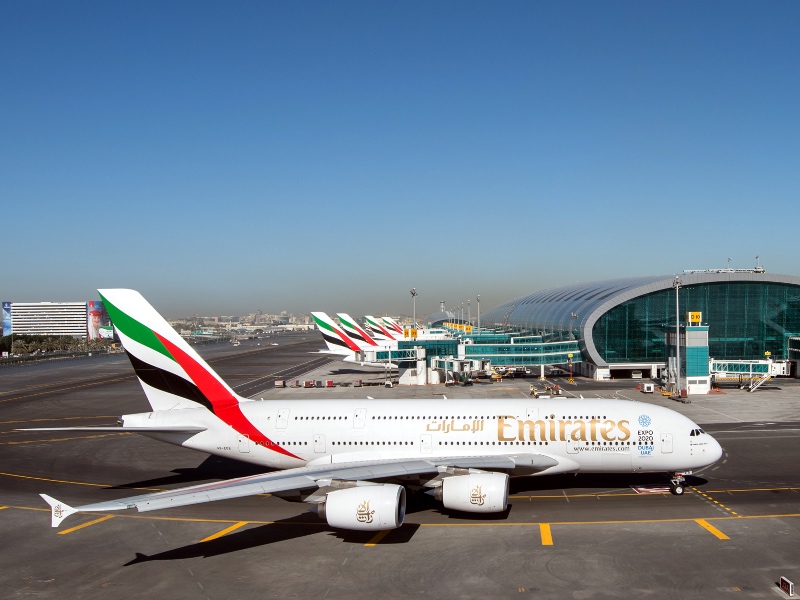
It may be hard to believe, but Emirates operates 20 return flights every single day between Dubai and the UK alone – most of these on Airbus A380s. And many of these flights are full.
Of Emirates’ entire European operation, 26% of capacity serves airports in the United Kingdom, and the UK alone accounts for a staggering 56% of Emirates’ profit. These statistics were revealed by the retiring Emirates President Sir Tim Clark in an interview with Flight Global. In the interview, Clark also expressed a view that the UK will remain a hugely important market for airlines after Brexit.
Emirates has a staggering number of flights to the UK
It’s quite staggering to look at the sheer number of flights – many on Airbus A380s – Emirates operates between Dubai and the United Kingdom. On any given day, Emirates flies between Dubai and the following UK airports:
- London Heathrow – 6x daily A380 flights
- London Gatwick – 3x daily A380 flights
- London Stansted – 2x daily Boeing 777-300ER flights
- Manchester – 3x daily A380 flights
- Birmingham – 2x daily A380 flights
- Glasgow – 2x daily Boeing 777-300ER flights
- Edinburgh – 1x daily Boeing 777-300ER flight
- Newcastle – 1x daily Boeing 777-300ER flight
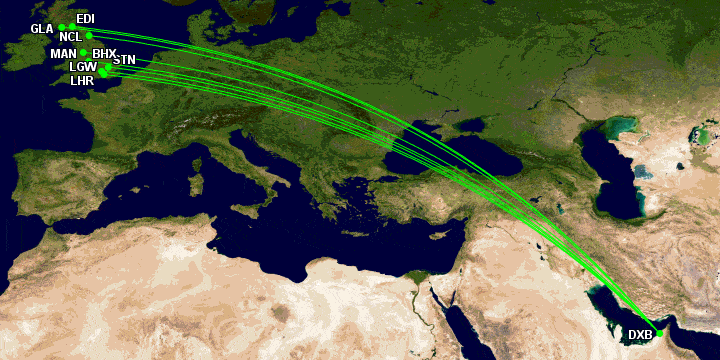
One of the two daily Glasgow flights will also be upgraded year-round to an Airbus A380 service from 29 March 2020.
“We currently serve 22 European countries. The United Kingdom has 26% of our capacity and that’s been growing over the last 3 or 4 years at about 6-7% per year,” Clark said.
“The UK gives us – of the whole European operation – 56% of our total profits. On our external network, it is the most profitable.”
By way of comparison, Emirates serves five Australian cities with 12 daily flights from Dubai (two of these are via Singapore). That is also a very impressive figure!
London the “most popular city” on Emirates network
According to Clark, London remains the most popular city on the Emirates network by some margin. The nine daily A380 flights between Dubai and London’s Heathrow and Gatwick airports have load factors (percentage of seats occupied) consistently above 90%. And with no more slots available to Emirates at Heathrow Airport, the airline added a second daily flight to London Stansted Airport in July 2019. The Stansted flight, Emirates says, is “running at a 95% seat factor”.
Of course, many of these passengers flying to or from London will be connecting from elsewhere on the Emirates network, such as cities in Asia, Australia or New Zealand. But Emirates still generates a lot of revenue from O&D traffic between Dubai and London.
In fact, the revenue Emirates earns just from its flights between Dubai and London Heathrow is the third-highest of any airline route in the world – behind only British Airways from Heathrow to New York-JFK, and Qantas from Sydney to Melbourne.
In the Flight Global interview, Clark added that there are just as many passengers flying from the USA to the city of London, as there are from the USA to the entire countries of France and Germany combined.
Other UK destinations are important too
While London remains the centrepiece of Emirates’ UK strategy, Clark describes the five other UK destinations served as “hugely potent for us”. Not only is there high demand from the centre and north of the UK, but Emirates is able to offer more attractive long-haul connections than British Airways, which currently forces everybody else in the UK to connect via London.
There are currently rumours that British Airways could be looking to open a new long-haul hub in Manchester. This could enable BA to compete better with Virgin Atlantic, flying west, and Emirates for destinations to the east. (It could also fill some of the void left by the collapse of Thomas Cook.) With around 3 million people living in the greater Manchester area, this could make some sense.


